Barefoot kids have feet that are able to grow naturally leading to a healthier gait, and more. Check out these surprising benefits!
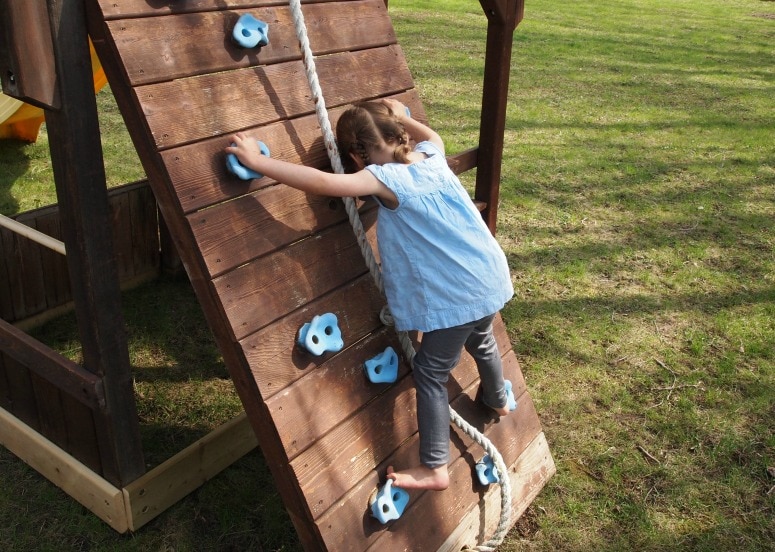
Walking barefoot through the warm summer grass. Who doesn’t feel a bit nostalgic remembering the childhood pleasure of going around barefoot? Almost anyone would agree that it’s enjoyable to kick off one’s shoes every once in a while and feel the earth beneath your feet.
But did you know there are lots of good reasons to encourage your child to go barefoot? Not just occasionally, but as often as possible?
It’s good for all of us, but little ones — whose bodies are growing rapidly — can especially benefit from going without shoes. Going barefoot is just one of the simple things to enjoy in the hot months.
Now that the weather’s warmer, I encourage my three-year-old daughter to be barefoot pretty much all the time, as I am. We keep a pair of sandals for each of us in the van, to slip on before entering a store or restaurant (It can be annoying to get hassled by a store manager for being barefoot).
Otherwise, we’re almost always completely unshod, weather permitting. If I feel like giving my feet a little TLC, I whip up a quick batch of this sea salt exfoliating foot scrub.
Barefoot kids: Why you might want to raise kids without shoes (or less shoe-wearing, at least)
Why go barefoot?
There are several benefits for kids going barefoot. Part of it is a rite of passage in childhood, but it also has some surprising health benefits.
- Feet grow and develop naturally
- Kids learn a natural and healthy gait
- Improved safety awareness
- Shoes last longer
- It’s therapeutic
- Kids sleep better (can I get an Amen?)
- Simply fun
- Overall healthier feet!
Raising kids barefoot: it’s more important than you would have thought
1. Allow Feet to Grow and Develop the Way They Were Meant To
You may never have noticed this, but shoes actually change the shape of our feet over the course of our lives.
At birth, the human foot gets wider as it progresses to the ends of the toes. (If you take a look at a newborn’s footprint, you might notice this feature). But the average adult’s foot is widest at the ball, and the toes pinch inward. Why is that? Because a lifetime of wearing shoes has actually altered the shape of the foot!
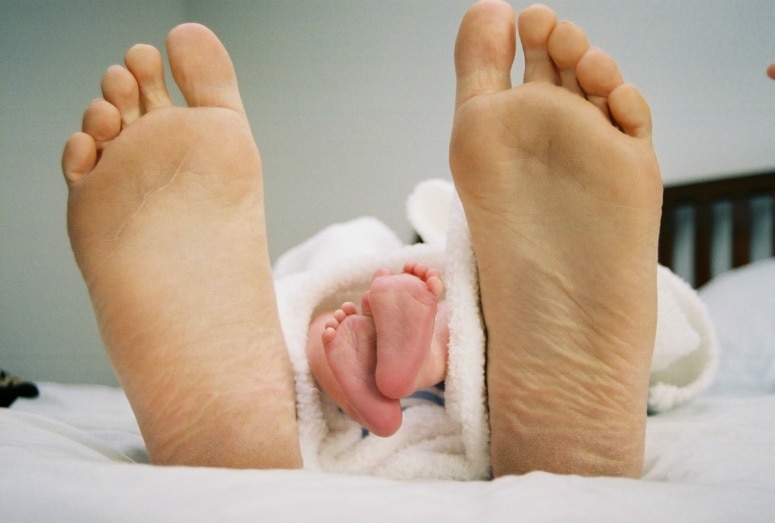
Photo via Flickr CC.
People who live in cultures where going barefoot is the norm don’t have feet like ours. The toes remain spread apart, like a newborn baby’s.
But in our culture, we like the appearance of a tapered toe on our shoes. We’ve actually become conditioned to believe that that’s what a foot should look like. So we don’t create shoes that follow the shape of the foot; instead, we create shoes that our feet have to fit into. Even if it means permanently changing the natural shape of the foot.
Beginning in infancy — when bones are still forming — we start putting our children’s feet into shoes that look the way we think they should look, ultimately changing the shape of their feet. And changing the shape will, of course, alter how effectively they work.
“The human foot is a masterpiece of engineering and a work of art.”
Leonardo DaVinvci
I tend to agree. I don’t want to mess with that. That’s why I let my daughter go barefoot as much as possible: to protect her feet, and to let them grow the way they were supposed to! Going barefoot builds great flexibility.
2. Encourage Children to Learn a Natural, Healthy Gait
Wearing shoes changes the way we walk – and it isn’t necessarily for the better.
When we’re barefoot, we naturally walk more gently, with a shorter stride, putting less pressure on our heels. Our knees bend to cushion the shock of each step. Our toes grip the floor and help propel us forward.
Shoes change all that.
The cushioning on our soles encourages us to slam our heels into the ground, which is harder on our knees. The stiffness of our soles prevents our feet from rolling flexibly forward, so shoes are given an upward-curved toe — called a toe spring — to allow them to rock forward onto the next step. This toe spring lifts our toes off the ground, so they can’t help propel the foot forward as they’re meant to. Our feet get trained to use the wrong muscles to move us forward.
All of these things together mean an unnatural gait that is harder on all of our joints.
If you consistently put shoes on your children right from infancy, they learn this unnatural gait from the start. They never get the chance to strengthen their toes and the tendons in their feet that are supposed to do the bulk of the work. These muscles atrophy, so that when kids finally do take off their shoes and try to run around, it can hurt. Foot pain may be avoided by simply starting without shoes. Natural walking is best learned without shoes and leads to the healthy development of the feet.
Give your kids a chance to learn the right way to walk by letting them go barefoot as much as possible. Kids’ feet need a chance to be free.
3. Improved Safety
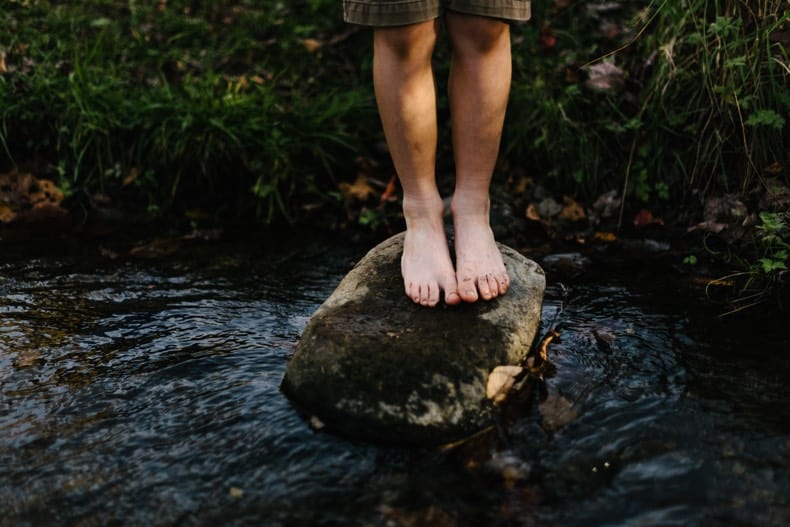
Going barefoot everywhere
I know, I know, I know. The number one reason most people put shoes on their kids is for their safety. To protect their feet from hard, sharp surfaces. But it’s my opinion that in most situations, wearing shoes is actually more dangerous than going barefoot. Barefoot kids are able to develop motor skills essential to gripping as they climb and run about.
In my personal observations, children are much more likely to trip and fall when they’re wearing shoes – especially flip-flops and Crocs. (In my opinion, flip-flops are the most dangerous thing you can put on your kid’s feet, and they’d definitely be better off barefoot).
Most shoes in general, but especially the slip-on variety, tend to make kids clumsier because they make the wearer less alert to his/her surroundings. They require effort to keep on, and they shift and slide under their soles as they move, making their footing less stable.
I haven’t seen any studies done on children and footwear, but a 1991 paper entitled “Athletic Footwear: Unsafe Due to Perceptual Illusions,” published in Medicine and Science in Sports and Exercise, noted that athletes who wore fancy, expensive athletic shoes are actually more prone to injury: “Wearers of expensive running shoes that are promoted as having additional features that protect (e.g., more cushioning, ‘pronation correction’) are injured significantly more frequently than runners wearing inexpensive shoes (costing less than $40).”
According to another study, people in expensive cushioned running shoes were twice as likely to suffer an injury than were people who went running in hard-soled shoes. Because we think we’re protected, we move in ways that aren’t safe for our bodies.
What are they going to wear, then?
If you want some sort of shoe, then the ideal is to choose flexible-soled shoes that strap on securely, like leather moccasins, so they can still feel the ground under their feet, but not slip out from under them as they play. This is particularly important when considering children’s shoes.
But what about sharp objects? Don’t barefoot kids’ feet need protection from them?
That’s a valid question, and obviously you need to assess the nuance of your environment. But it’s been my experience that kids (and adults) who are used to going barefoot have a heightened awareness of their surroundings.
When we go barefoot, we instinctively pay attention to where we’re putting our sensitive feet. We watch the ground in front of us and use common sense. And because we step more gently when we’re barefoot, we’re apt to notice if we’re starting to put our foot down on a sharp object and quickly lift it, avoiding puncture wounds and other injuries. The more often you go barefoot the thicker the skin on the soles of your feet becoming creating natural protection.
Going barefoot allows for full freedom of movement and encourages safety.
4. Healthier Feet and Increased Brain Devolpement
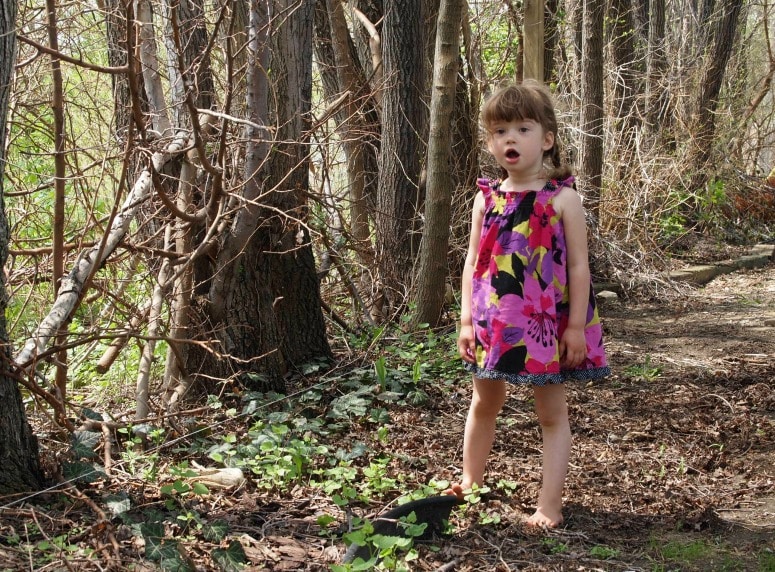
Shoes trap fungus and bacteria and hold them against your feet. They also provide a lovely, warm, damp environment for them to grow in, inviting things like athlete’s foot and toe fungus and encouraging ingrown toenails. Ditching the shoes more often creates healthy feet.
So keep your kid’s feet healthy by keeping them bare! Sunshine and fresh air are great for feet, too! Barefoot children may have increased brain development allowing them to build confidence, have better problem-solving skills, social skills, language skills, and better regulation of emotions. (Bridging the Gap)
Spending time barefoot outdoors is beneficial to the nervous system. The feet have over 200,000 nerve endings that gather information. When there is no barrier, the brain is allowed to better connect with the feet and improve cognitive development. This is one of the reasons earthing or grounding is becoming more popular amongst adults.
That sensory connection allows children to be in tune with the world underneath their feet through outdoor play and develop their gross-motor skills.
5. Less Wear and Tear on Shoes
My daughter has only owned a few pairs of shoes in her short lifetime (all second-hand). They aren’t worn often so I will be able to pass them on to her siblings.
This would probably be a silly reason to go barefoot if it was the only one, but it’s a really nice side-effect.
Raising Barefoot Kids: Expert Tips & Tricks
How to start going barefoot
Start off slow. If you have worn shoes inside and outside most of your life your feet are not used to being without them. The muscles in your feet need to be retrained on how to move. The soles of your feet also are more tender because calluses have not been allowed to develop.
Start off going barefoot inside your house or on the grass. You will be amazed at how cathartic it can be to walk barefoot through the grass. Once your feet have accustomed themselves to being barefoot around your home start walking around your neighborhood on the sidewalk or through the dirt.
How to go barefoot in public
I have been going almost exclusively barefoot for the last five years, and my daughter for the last three (except in the colder weather of course), and neither of us has suffered any kind of injury from a sharp object yet. I recently walked all over Toronto and Montreal without incident.
My daughter and I regularly walk all over town and the local parks and walk to and from the library weekly. We’ve never gotten anything worse than a nettle thorn in our feet. Children’s feet grow best when they are able to not be restrained to shoes.
Take a pair of shoes for yourself and each of your children to slip on when you get to a store.
Is going barefoot bad for your feet?
As a whole, no. Obviously one needs to use common sense. If it’s hot outside, you aren’t going to want to walk barefoot on concrete or the blacktop because it will burn your feet. If you live in a developing nation or an area of town where you might be exposed to human and animal waste or drug paraphernalia, then walking barefoot should be saved for the safety of your own home. Similarly, you should avoid going barefoot in public restrooms and locker rooms.
Should babies wear shoes when learning to walk?
Let those little piggies wiggle free. If babies wear shoes while first learning to walk they learn an unnatural gait. It is better to allow them to learn to walk barefoot to strengthen their toes and the tendon in their feet before you introduce shoes. Going bare foot is important for early walkers.
What about when I have to wear shoes?
It comes as no surprise that you can’t go barefoot 100% of the time. There are places, seasons, and times that you have to wear shoes. While the best option is going barefoot, the next best thing may be a minimalist shoe if you are looking for a compromise between going barefoot or wearing shoes. Minimalist shoes are designed to mimic the benefits of going barefoot.
Just because they are called minimalist don’t let yourself interpret that as boring. They are anything but that. I’ve come across a wide range of styles. The only thing you probably won’t find is heels since that defeats the purpose of barefoot shoes.
There are high-quality shoes that you can invest in to encourage your kid’s feet to grow as healthy as possible.
They make sandals, tennis shoes, dress shoes, and everything in between. There are shoes made from vegan materials or other natural materials like suede leather, and all sorts of different colors. So, whether you are looking for minimalist kids shoes or pair of shoes for yourself, you are sure to find something.
Let’s de-mystify some of the terminologies that you might see when you are looking for minimalist shoes:
- Zero drop– Also called zero-drop platform, these are shoes with a heel that is not elevated to aid in proper posture.
- Wide toe box– Allows toes to spread out and relax, just like they were created to do. Many traditional shoes taper at the toes.
- Flexible sole– These soles are low to the ground, allowing feet to bend and flex, increasing balanace and agility in a way that stiff soles don’t allow for. The bottom of the feet are able to feel the ground.
If minimalist shoes aren’t in your budget, prioritize shoes that have thin soles and a wider toe box.
This is one of the more popular, longstanding brands that has been making minimalist shoes for a while, but there are other popular brands. There are also cheaper versions of minimalist shoes without the brand recognition out there that may work for your needs – do a bit of research and read the amazon reviews to sort through them.
The bottom line: Encourage your kids go barefoot
Encourage your kids to go barefoot as often as you feel comfortable. Kick your shoes off and take a barefoot romp through the grass as a family. Soak in the warmth of the summer day and have fun!
Are you raising barefoot kids? What tips do you have?
Resources for Further Reading/Learning
You Walk Wrong by Adam Sternbergh
The Foot Film (trailer)
Original Post written by contributor Kathleen Quiring & published in 2014. It has been updated & expanded by Red & Honey in 2021.

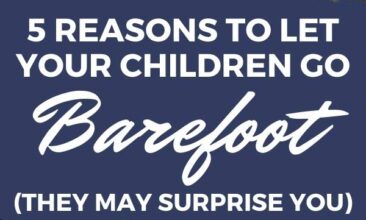
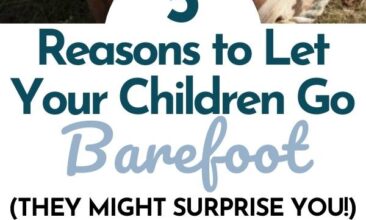
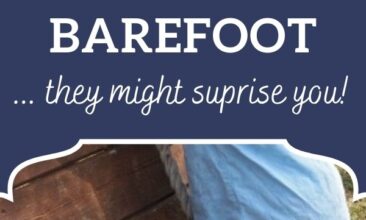
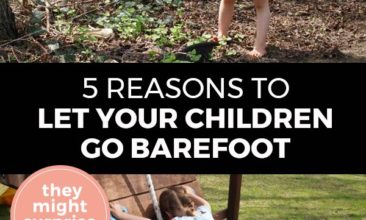
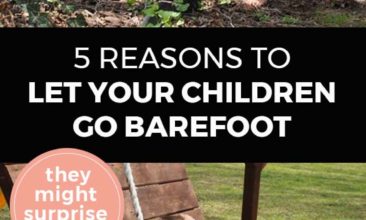

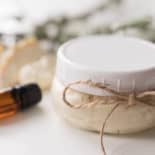









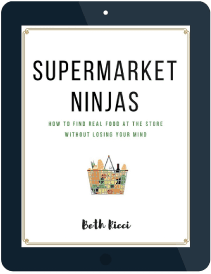


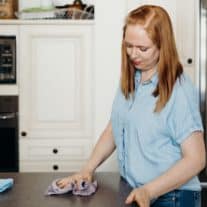




super weird
This aligns with some research I’ve come across on foot development and it’s interesting to note how a healthier gait can be achieved through natural foot growth, as mentioned in the article about barefoot kids.
Move Cleaning
Green cleaning done right, aligns with our values perfectly. This is responsible cleaning. Appreciate the consciousness.
real madrid ronaldo blue jersey
Thank you for such a wonderful article and sharing.God bless you.!